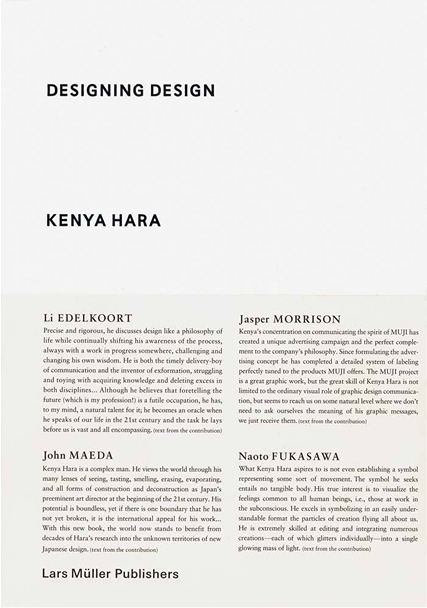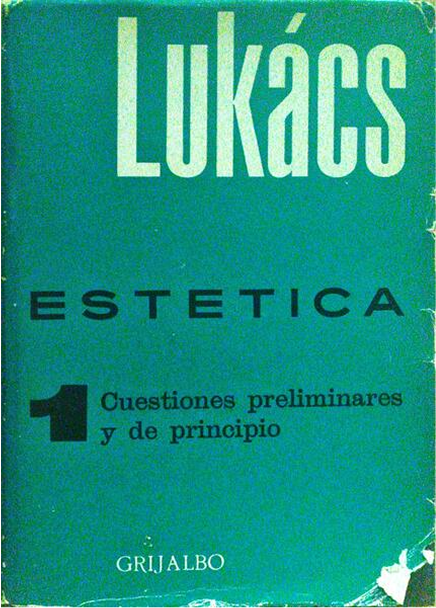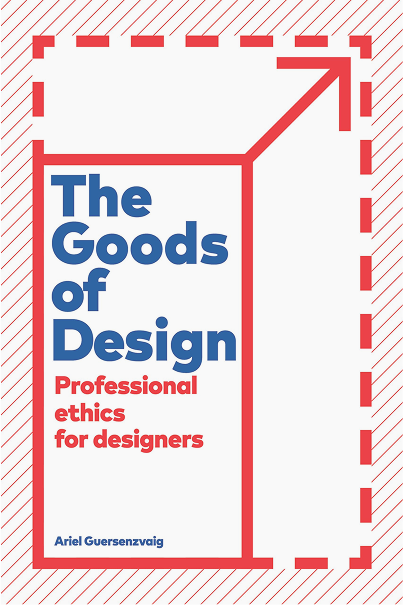An Introduction to the Design Handbook
At Mendesaltaren, we design to build community. We have inevitably developed a conscious discourse and set of practices. Through the lived experiences of our team members, this position has become critical in shaping our identity—one that extends beyond the boundaries of our own community.
This Design Handbook is a consequence of that practice—it was born from our experience in product design, during a moment of growth in which it became necessary to articulate our approach for new collaborators, clients, and ourselves. If, as Kenya Hara said, writing about design is also an act of design, this Design Handbook arises from the need, intention, and desire to put our practice into words. It is born from what, for years, has been a living, shared, and often tacit practice. Its purpose and scope soon turned it into a transversal tool for all Mendesaltaren. It has evolved within the studio’s practice from its earliest versions—when we called it the Product Design Handbook—toward a broader understanding of our vision of design, one that expands and reshapes the conventional definitions of design and product design. A necessary and critical step in our process.
We offer the Design Handbook to the community as a tool born from our interactions with clients and society—a instrument whose purpose and usefulness are framed by the relationship between Mendesaltaren and the broader design community to which our members belong. Because, even though the era of treatises and totalizing visions has ended, as Maldonado said, it is still worthwhile to critically revisit the ideas that once gave rise to them. An approach whose impact has already reached far beyond our own community.
The Design Handbook unfolds through several sections—ranging from theoretical foundations to guiding principles, practical methods, and real-world reflections. The first section aims to lay a theoretical foundation for the development of Mendesaltaren’s identity and practice. It positions the studio within broader ideas of culture and community through two pillars: ethics and aesthetics, and their consequences in practice. While this section outlines the general framework, the following build on this foundation to articulate our principles and working methods. We explore our understanding of culture, community, and the ethical principles guiding our work. We delve into the role of the designer and design practice as an aesthetic activity. The final sections expand on these practices, including reflections on Management and Strategy, as well as case studies and methodologies for Branding, Product Design, Design Systems, Design Ops, and Motion.
The foundations of thought are often overlooked. At Mendesaltaren, establishing a theoretical foundation is essential for reflecting on our practices from both ethical and aesthetic positions. The challenge of establishing an ethical stance through design arises from viewing design as a practical and utilitarian discipline, often neglecting its material and historical dimensions. This means accepting that ethics can exist within the economic and cultural system where both design and designers play a practical, functional role.
Valuable approaches have been developed along this line, such as Ariel Guersenzvaig’s The Goods of Design, where design and ethics consciously merge in “generating and assessing possible courses of action during the design activity.” Similarly, Nigel Cross’s position in The Nature and Nurture of Design Ability is worth mentioning: the designer provides and communicates ideas, rather than simply producing artifacts, always in relation to a purpose. These positions, centered on decision-making and purpose, raise two key issues. First, this view sees design ethics as something fully conscious and controlled by the designer—an idea that clashes with classic idealist theories like Kant’s antinomies. Second, it tends to ignore a more grounded, historical-materialist perspective, developed by scholars like Jorge Fragua. From that angle, ethics aren’t really possible—purpose doesn’t come from necessity, but from the market. Capitalism, as a cultural and economic system, doesn’t work ethically. Designers and their work, whether they realize it or not, aren’t outside these historical forces—they’re shaped by them. From this position, all ethics become aesthetics—or ideology.
In this context, trying to determine what culture is, what company culture is, and the role of design and designers within it seems to confirm what Adorno once said: no theory can now escape the market. Through this lens, culture becomes commodified by its usefulness and purpose. There can be no design that is not simultaneously culture and commodity—aesthetic process that, at Mendesaltaren, we are committed to addressing critically. Our culture, our company culture, and our brand identity are nothing more than an embrace of what surrounds and shapes our community and those within it.
It is important, therefore, to distinguish between the idea of community—signified through a shared culture—and mere grouping, subject to market dynamics. In Lukács’s words, it is within this shared field of knowledge that the individual finds meaning in their community. It’s through action—shaped by culture and driven by both shared and personal interests—that an ethical and aesthetic relationship naturally takes shape. It becomes a way of being, reflected in the real, everyday expressions of the people involved. It is the act of sharing that drives Mendesaltaren. Only through that act—through the experience and knowledge of our members—do we find meaning. It is through this Design Handbook that we fulfill Lyotard’s maxim. In the tradition of storytelling, in the inherently narrative nature of design, in the ability to tell, to listen, to make—we define the relationship of our community with itself and with its environment. This is where we develop our ethical condition, as an aesthetic one, within our economic and cultural context.
As Kurt Lewin said, nothing is so practical as a good theory. Every design practice happens through the designer, shaped by the culture and community they’re part of. That’s what shapes their identity and influences what they create. It is in the critical reflection on these narrativized practices where the community should focus its efforts. Understanding the connection between a designer’s identity, their culture, and the economic system their work exists in is key to how Mendesaltaren continues to grow—as we’ll explore in the next section of the Design Handbook.
We’re opening this conversation and inviting the community to question, build, and share more conscious ways of design.



